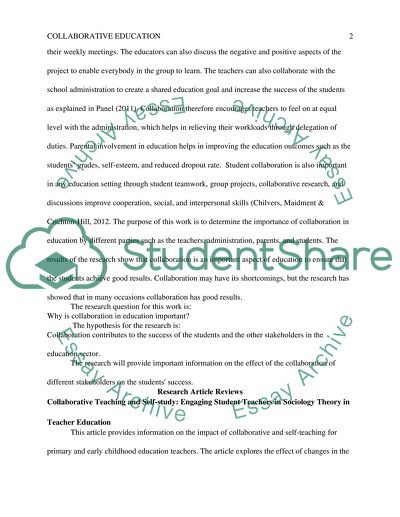Cite this document
(“Collaborative Teaching Research Paper Example | Topics and Well Written Essays - 3000 words”, n.d.)
Retrieved from https://studentshare.org/education/1700566-co-teaching
Retrieved from https://studentshare.org/education/1700566-co-teaching
(Collaborative Teaching Research Paper Example | Topics and Well Written Essays - 3000 Words)
https://studentshare.org/education/1700566-co-teaching.
https://studentshare.org/education/1700566-co-teaching.
“Collaborative Teaching Research Paper Example | Topics and Well Written Essays - 3000 Words”, n.d. https://studentshare.org/education/1700566-co-teaching.


